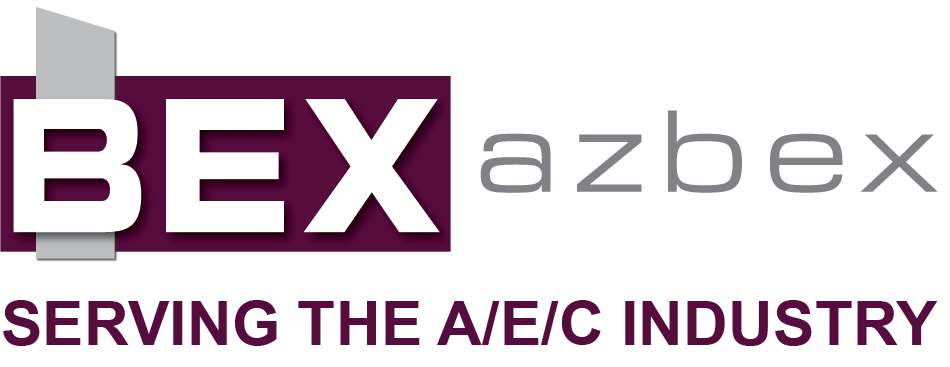By Roland Murphy for AZBEX
While national construction cost trends are encouraging, fluctuating national policies and ongoing exacerbating factors have impacted industry confidence.
According to the Rider Level Bucknall Q2 2025 Quarterly Construction Report, construction cost increases around the U.S. have been relatively steady between Q1 and Q2, rising by just 0.15%. Costs have also dropped year-over-year. In April 2024, the YoY cost change was 5.42, versus 4.4% in April 2025.
National construction unemployment increased 0.2% between Q4 2024 and Q1 2025, but it dropped to 3.5% in April. Construction unemployment continues, however, to outpace the overall employment level by nearly a full percentage point.
After rallying in October and crossing into positive territory in October for the first time in 2024, architectural billings returned to the negative territory they had experienced throughout the year and have remained at less than the 50 midpoint ever since, with April’s results coming in with a reading in the low-to-mid 40s, according to American Institute of Architects’ data.
Information from the U.S. Commerce Department shows construction put in place in April was 2.152T, which was 0.4% less than the March estimate of 2.162T and 0.5% less than the April 2024 estimate of 2.163T.
National policy concerns are creating “headwinds” for construction, according to the report introduction from Paul Brussow, RLB’s president for North America. While the industry is performing well in terms of construction costs at the moment, inflation and tariff impacts have investors concerned, and firms are still leery of borrowing significantly in the current high-interest rate environment.
The greatest concern, according to Brussow, is a potential increase in the labor shortage due to federal policies and practices. “While we don’t expect tariffs to dramatically increase construction costs, immigration and deportation policies are another matter,” he wrote. “A rapid, large-scale loss of affordable skilled labor could have both cost and logistical implications for projects across the United States. If uncertainty continues and the economy weakens further, building could slow.”
Industry confidence is variable at the moment, depending on the survey consulted. The Engineering News Record Construction Industry Confidence Index dropped 14 points to 47 between Q1 and Q2 of this year, marking the third-steepest decline since the Index launched in 2009.
Dodge Construction Network reported construction industry uncertainty has impacted the economy in the first half of the year, resulting in a significant slowdown in activity, with tariffs expected to weaken demand and apply downward pressure on growth and prices.
Associated Builders and Contractors, however, reported nearly 60% of contractors expect increased sales in the second half.
The Phoenix Market Specifics
Phoenix’s annual percentage change stands at 4.42%, nearly matching the national rate of 4.4%. Austin, a newly added market to the RLB survey, had the lowest percent change at 2.92%, while the highest were seen in Chicago at 5.75%, newly added Dallas at 5.55% and Miami at 5.50%.

